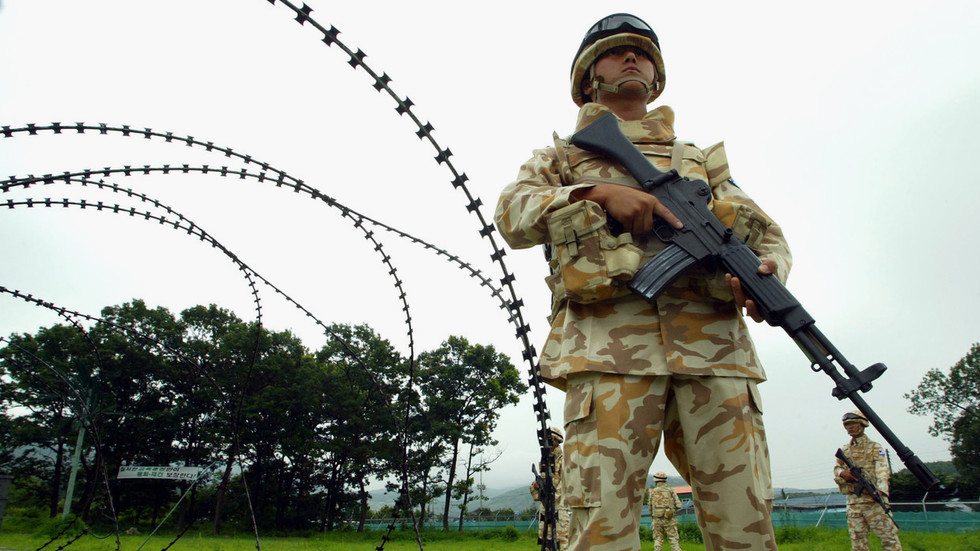On a Monday morning, a military base in Gimhae, South Korea, experienced an explosion during an inspection of a hazardous materials storage facility, leading to injuries among three civilians. The Yonhap news agency reported that the blast occurred at a logistics center located about 310 kilometers southeast of Seoul. The injured individuals suffered burns, however, their conditions were reported as stable and not life-threatening. Emergency response teams, including police and firefighting officials, are currently investigating the circumstances surrounding the explosion to understand the underlying causes.
This incident is not an isolated one; it follows a series of safety-related events tied to South Korean military operations. Earlier in October, a dubious launch of a Hyunmoo-2 short-range ballistic missile resulted in an explosion and subsequent fire at a military base in Gangneung, on the eastern coast of South Korea. Fortunately, that incident did not lead to any injuries, occurring coincidentally during joint military exercises conducted in coordination with the United States. Such mishaps underscore ongoing concerns regarding the safety protocols within military installations.
In a related event that took place later in October, a serious fire broke out in a warehouse belonging to the US Forces Korea (USFK) in Busan. The blaze took an extensive 19 hours for firefighters to extinguish, although there were no reported injuries as the warehouse was unoccupied due to ongoing renovations. These incidents collectively highlight potential vulnerabilities and risks faced by military bases in South Korea, especially with their involvement in high-stakes exercises and the management of hazardous materials.
Such occurrences raise alarm about the safety measures in place at these facilities. Both the South Korean military and the US Forces Korea must reassess their operational protocols, particularly when it comes to storing and managing hazardous materials. The risks are particularly pronounced in facilities that handle sensitive equipment and materials that can be dangerous if not properly managed. Investigations into these incidents may lead to significant reforms aimed at improving safety standards and preventing future accidents.
The explosion in Gimhae and previous incidents contribute to an ongoing dialogue about the safety and preparedness of military operations in South Korea, especially considering the geopolitical tensions in the region. The South Korean government’s focus on military readiness must be balanced with strict adherence to safety protocols, as any mishap could escalate into a more serious crisis. With the international spotlight on these operations, ensuring that standards are met is not only crucial for public safety but also for maintaining public trust in military operations.
As investigations into the Gimhae explosion proceed, authorities will likely work closely with various stakeholders, including military officials, safety inspectors, and potentially international partners. The lessons learned from this explosion, along with the previous incidents, will be imperative in shaping future policies on military safety, particularly in areas dealing with hazardous materials. Enhanced training, stricter oversight, and improved safety measures will be key areas of focus to mitigate risks and ensure the safety of personnel and surrounding communities in the future.

